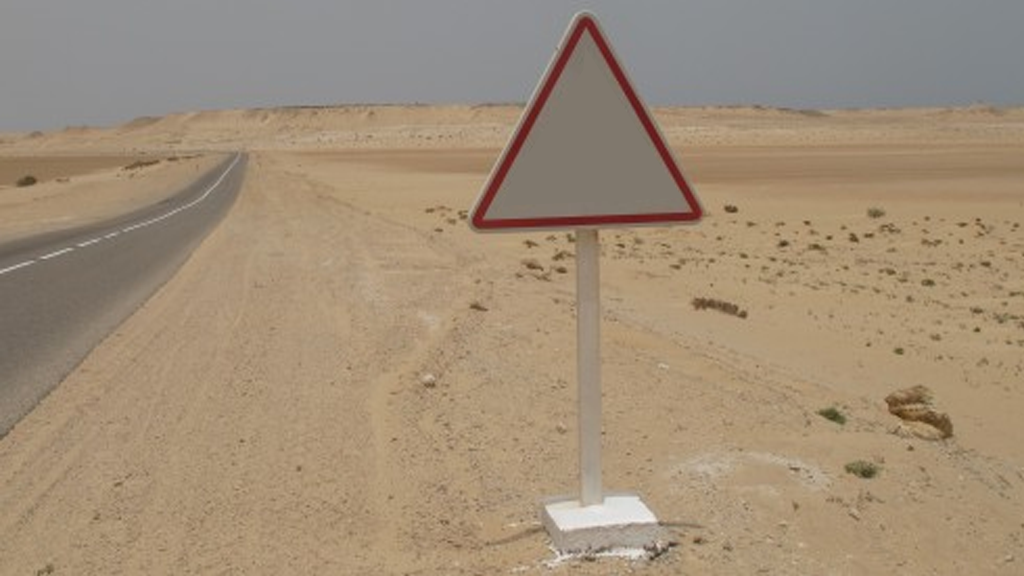The greenstone belts of the Rgueïbat Shield are prospective for metalliferous mineralisation of various types. The most attractive target is shear-zone related BIF hosted gold mineralisation which is known at several localities.
The majority of gold deposits in Archaean greenstone belts may be classified as mesothermal (Hagemann and Cassidy, 2000). They are mostly quartz-vein-related, gold-only deposits found in low- and medium-grade metamorphic terranes in deformed supracrustal rocks.

Disseminated and replacement styles of mineralisation are also developed in some deposits. Their locations are structurally controlled and, although they are hosted by all lithologies of granite-greenstone terrains, they have no consistent spatial or temporal relationship with igneous intrusive activity.
The gold mineralization may be continuous over extensive lateral and vertical distances although high-grade ore shoots are sporadic and typically smaller, with maximum dimensions of a few metres or tens of metres.
The deposits are characterised by high Au/Ag ratios and carbonate alteration of the wallrocks. There is no consensus on the source of the hydrothermal fluids responsible for these deposits. Metamorphic devolatilisation, fluids release from felsic intrusions and mantle sources have been suggested by various others (Bohlke and Kistler, 1986; Colvine et al., 1988; Cameron et al., 1989; Hodgson, 1993).
Mesothermal gold deposits occur in belts dominated by volcanic sequences (especially magnesium-rich volcanic and intrusive rocks, commonly komatiites) and others dominated by clastic sedimentary rocks (Hodgson, 1993). Many deposits in the latter group are Mesozoic in age, although deposits hosted by Precambrian banded iron formation (BIF) are an important sub-group
Potential for mesothermal gold occurrences in the Rgueïbat Shield has been identified in two main target settings: the greenstone belts of the Tasiast-Tijirit Terrane and in association with major shear zones in the Choum-Rag el Abiod Terrane, chiefly on Sheet 2013 (Atar).
Numerous gold occurrences have been identified by recent commercial exploration over the Chami, Sebkhet Nich and Ahmeyim greenstone belts. Many of these have not been investigated in detail and drilling has commonly been restricted to a small number of shallow RC holes to depths not exceeding 100 m. The identification of an economic deposit at Tasiast provides a clear indication of the potential of these targets and when mining gets underway there is no doubt that the region will attract considerable further exploration investment.
Particularly favourable settings for the development of gold mineralisation in these environments are major regional structures and stratigraphic breaks. The mineralisation is commonly localised by related subsidiary structures, especially where BIF is juxtaposed against volcanic and volcaniclastic rocks. Contacts between sedimentary and volcanic rocks and pinch-outs and facies changes are commonly important loci for mineralisation.

